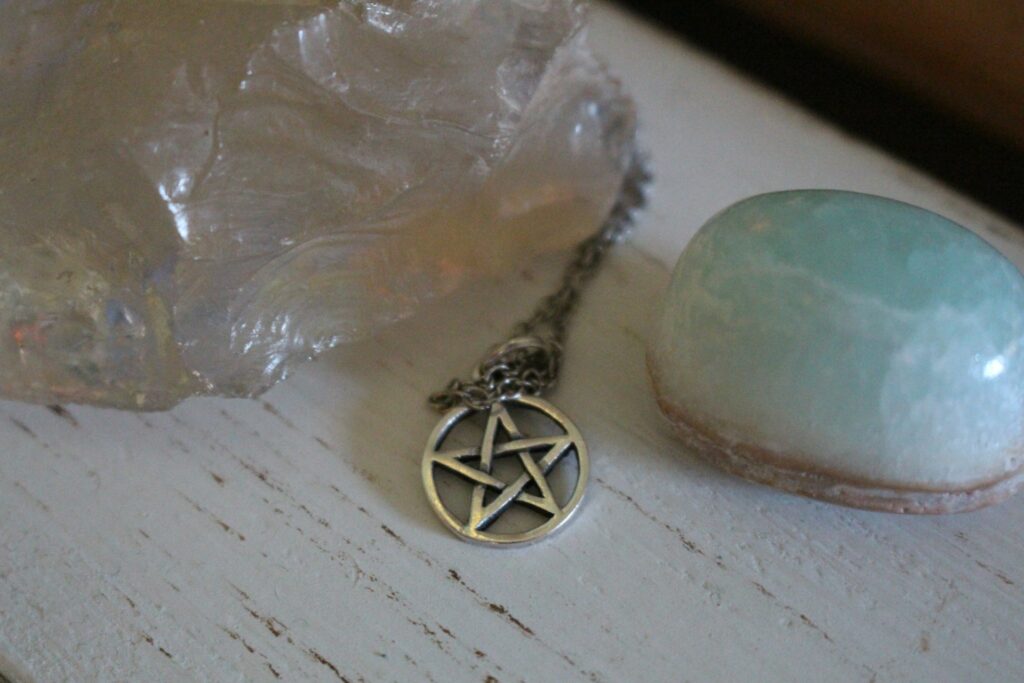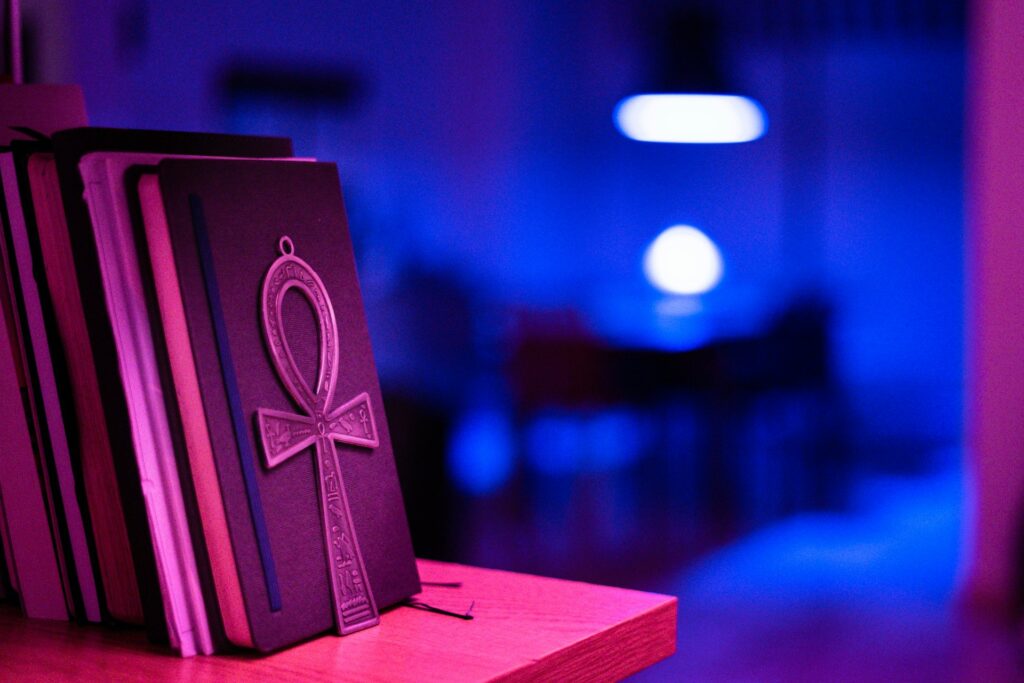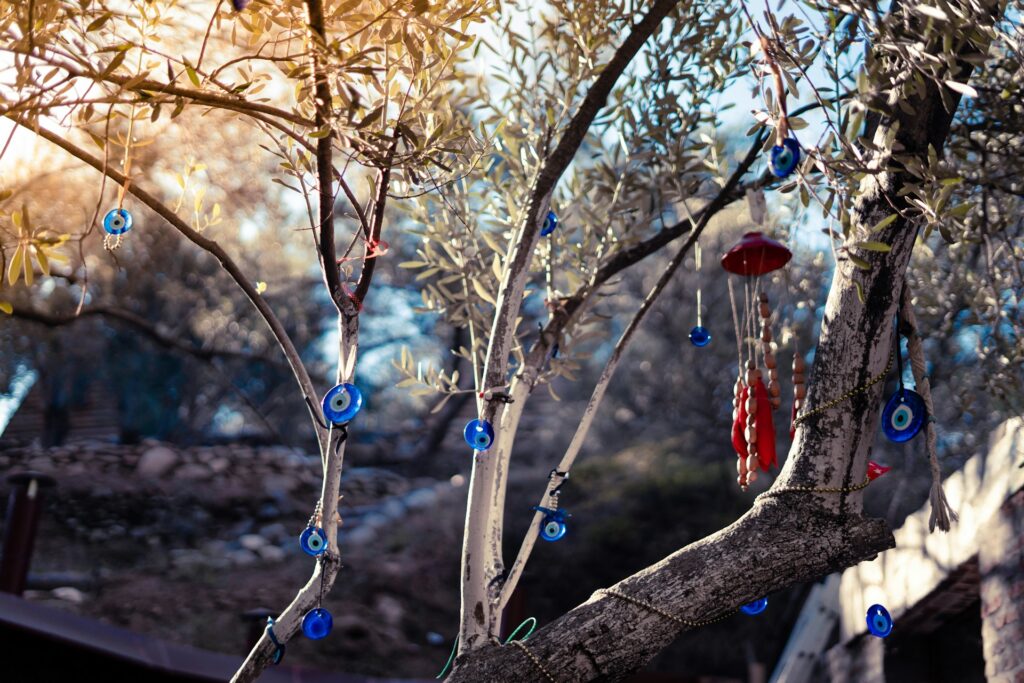Spirituality • 10/16/2024
Unlocking the Hidden Meaning Behind Spiritual Protection Symbols

Revivalist is a reader-supported endeavor and our posts may contain affiliate links. When you buy through links on our site, we may earn an affiliate commission.
Throughout history, symbols have held deep significance, carrying meanings that transcend language. Spiritual protection symbols are no exception. From ancient cultures to modern spiritual practices, these many cultures use these symbols to guard against negative energies, offer protection and bring peace to the soul. But what lies behind these intricate designs? Let’s explore the hidden meanings behind some of the most powerful spiritual protection symbols.
The Historical Background of Spiritual Protection Symbols
Spiritual protection symbols have deep roots in the beliefs and practices of ancient civilizations where communities used them to ward off negative energies and evil forces. Many of these symbols emerged from the need to connect with the divine and seek guidance in navigating life’s challenges.
These early symbols often incorporated elements of nature, geometry and sacred numerology, reflecting the cultural and spiritual contexts in which they were created. As societies evolved, so did the meanings and uses of these symbols, with various cultures adapting them to fit their unique beliefs and rituals.
Throughout history, spiritual protection symbols have been powerful tools for those seeking safety, guidance and strength. Today, these symbols continue to resonate with people across the globe, reflecting the human desire for spiritual security and connection in a world filled with uncertainties.
Common Spiritual Protection Symbols
Each symbol carries its unique significance, often stemming from cultural and spiritual traditions. Here are some of the most widely recognized spiritual protection symbols, along with their meanings and purposes.
Hamsa Hand
The Hamsa Hand, often depicted as an open hand with an eye in the center, is a symbol of protection in many cultures. It’s believed to ward off the “evil eye,” a malicious glare that brings misfortune. The hand represents strength and defense, while the eye offers vigilance, seeing all threats and shielding the bearer from harm. The Hamsa is a popular amulet in Middle Eastern and North African cultures, symbolizing safety, protection, power and good luck.
The Pentagram
The pentagram, a five-pointed star, has long been a spiritual protection symbol. In Wiccan traditions, it represents the elements — earth, air, fire, water and spirit — working in harmony. The upward point symbolizes the spirit, while the other points stand for the four earthly elements. Together, they form a powerful shield of protection, balancing energies and creating a sense of spiritual safety. While people often misunderstand it, the pentagram is a symbol of peace, unity and spiritual defense.

The Pentacle
The pentacle is the same five-pointed star as the pentagram, but enclosed in a circle. It’s typically associated with Wiccan and Pagan traditions. The circle surrounding the five elements signifies unity and the infinite nature of life. As a symbol of spiritual protection, many believe the pentacle creates a barrier against negative energies, balancing the physical and spiritual realms.
The Cross
The Cross is a powerful symbol in various spiritual and religious traditions, most notably in Christianity, where it represents the sacrifice of Jesus Christ and the promise of salvation. However, it also holds significance in other contexts, such as the Celtic Cross, which combines the traditional Christian cross with a circle, symbolizing eternity and the interconnectedness of life.
Many different religions view the cross as a symbol of protection, offering a spiritual connection between the divine and the earthly realms. In various cultures, it signifies the balance of opposing forces, serving as a reminder of faith and hope.
Horned God
The Horned God is a prominent figure in various Pagan and Wiccan traditions, often representing the wild, untamed aspects of nature, fertility and the cycles of life and death. He’s typically depicted with antlers or horns, symbolizing his connection to animals, particularly those of the forest.
As a guardian of the earth, the Horned God embodies the duality of nature — light and dark, life and death. He serves as the protector of the natural world and a guide through the seasons, reminding practitioners of the importance of honoring the earth’s rhythms and nurturing the balance between humanity and nature.
Witch’s Knot
The Witch’s Knot, also known as the Magic Knot or Hex Knot, has been used for centuries as a talisman of protection in witchcraft. Its intricate, interwoven design has no beginning and no end, symbolizing eternal protection and the binding of harmful forces.
Traditionally, witches would create this knot to trap negative energies or curses, ensuring they couldn’t penetrate the spiritual or physical space. Today, this knot is a powerful symbol for anyone seeking protection, blocking out unwanted influences while fostering safety and security in mind and spirit.
The Ankh
People refer to the Ankh as the “Key of Life,” an ancient Egyptian symbol representing eternal life and immortality. Shaped like a cross with a loop at the top, the Ankh was commonly associated with the gods and goddesses of ancient Egypt, particularly Isis and Osiris, who were linked to the afterlife. Ancient civilizations often depicted this symbol in tomb paintings and artifacts, signifying the hope for life after death.
The Ankh embodies the concept of both physical life and spiritual rebirth and transformation. Today, many continue to embrace it as a powerful symbol of vitality, often seen in jewelry and art to signify a connection to ancient wisdom and the cycle of life.

Nazar Boncugu
The Nazar Boncugu, commonly known as the “Evil Eye,” is a traditional talisman originating from Mediterranean and Middle Eastern cultures. Usually made from glass and featuring a distinctive blue-and-white eye design, people believe the Nazar Boncugu will protect against the malevolent glare of the evil eye, which is thought to cause harm or misfortune through jealousy or envy.
Many people hang this symbol in their homes, wear it as jewelry or carry it as a charm to ward off negativity and bring good fortune. The vibrant blue color is believed to have protective properties, making it a popular choice for those seeking spiritual defense against unwanted energy.

Embracing Spiritual Protection Symbols
Spiritual symbols have been integral to human history, providing comfort and strength amid life’s uncertainties. From ancient amulets to modern talismans, these designs carry profound meanings that resonate across cultures. Ultimately, these symbols remind many of their inherent strength and the importance of protecting their well-being in a complex world.
Subscribe to Our Weekly Newsletter
We would love to connect deeper with you!


